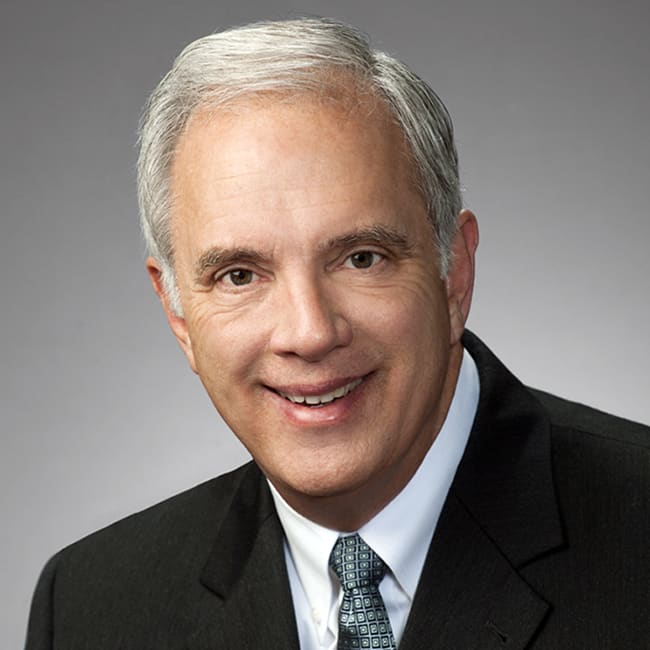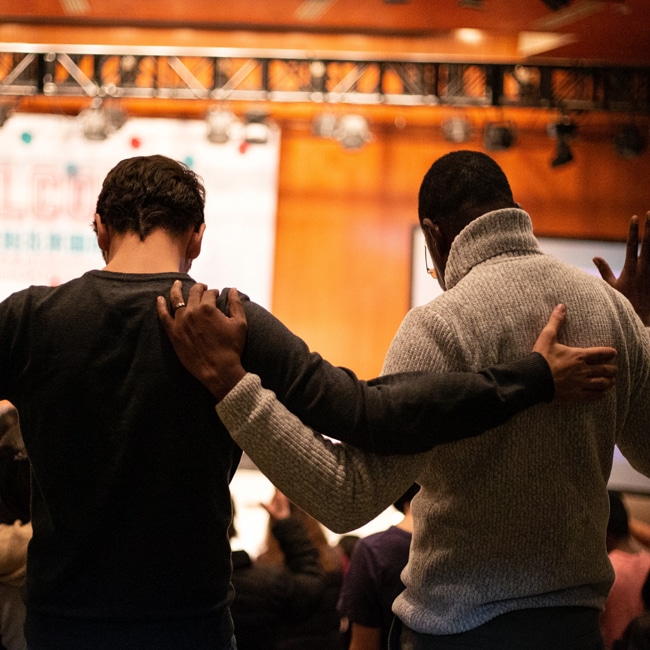Creating A Place of Belonging for People With Disabilities in the Church
Creating A Place of Belonging for People With Disabilities in the Church
The Disabled God, by Nancy Eiesland, was one of the seminal works on disabilities in the 90s, bringing together multiple threads and writing shortly after the ADA laws of 1990 were put in place. In this work, Eiesland speaks of a concept she and others called “segregationist charity.”[1] Essentially, Eiesland points to the work done by the church over the millennia on behalf of the disabled and makes two points. First, she acknowledges the incredible good done on behalf of the poor and marginalized and those with broken bodies. This is, of course, essential in the conversation. Second, however, she discusses how people with disabilities essentially became somewhat of a separate category set aside for benevolent action by the “greater” able-bodied masses. The charitable deeds done for the disabled were helpful, but they were done in ways that cloistered them off from the rest of the church and society. This is a form of ministry that does not represent “belonging.”
Before I expand further, I want to say what belonging is in a clear manner. Belonging assumes actual equality— not having an “us” and “them” approach to our inclusion[2]— and says to the entire group of people, able-bodied and disabled bodies alike, “We are all needed here.” Barriers must be removed for belonging to occur, but it is a worthwhile venture.
Here’s a helpful question to consider when asking if your congregation or group is operating out of a place of belonging or is operating instead out of something that falls short: would disabled people be missed if they weren’t present; would there be a felt loss or would everything continue status quo? A church that operates out of belonging has created a culture in which the disabled are ministering to the body of Christ as much as able-bodied people are. The culture is also set where disabled people are befriended, welcomed, and treated with equal respect and agency as their able-bodied counterparts. Consider Erik W. Carter’s description of belonging in the article “The Changing Landscape of Disability and Ministry in the Church.”
Congregations marked by belonging adopt postures and practices that aim toward each of these key areas: to be present, invited, welcomed, known, accepted, supported, cared for, befriended, needed, and loved. We do this in response to God’s incredible generosity to us, because we belong to God. We love because we have been loved. We befriend because we are befriended. We care for others because we are cared for. We accept because we have been accepted.[3]
Notice Carter’s adjectives in the first sentence: present, invited, welcomed, known, accepted, supported, cared for, befriended, needed, and loved. Several of these seem like the apparent adjectives one would use for an inclusive church, “present, invited, welcomed…,” but some of these descriptions push the boundaries of our comforts. “Disabled people want to be… known?!” That deep, soul-level intimacy we Christians are always on about applies to disabled people too? Yes! Those of us with disabled bodies want you to go beyond allowing us through your doors. The inclusion must go beyond simple inclusion. We desire to be pulled up into the family of God equally, not for equality itself but because we need to be known, just like any other human.
But, indeed, “cared for” is pushing it too far. How could someone be expected to care for a disabled person as they care for others in their small group or community? I’ll admit there are fundamental barriers to some levels of care when discussing disability, but honestly, is it any different when we are talking about able-bodied people? Those of us with disabilities are not asking for you to care for our needs in ways all that dissimilar to how you care for your other community members. We want to know that a group of gospel-centered friends will be there for us in moments when we have the needs that life always seems to send.
This form of belonging is called, by Thomas E. Reynolds, “deep access,” accessibility that reaches beyond structural barriers, beyond social barriers; in fact, the barriers are long gone. They’ve been replaced by family, by deep access.
But could something like integrating be enough? What if we fell short of the above vision while still integrating disabilities into the ministry model and function of our local bodies? For several congregations, the disability ministry is well known, and people feel they can rest assured about what their church is doing for this particular minority. But does the congregation know the names of the disabled being ministered to?[4] These types of questions can be a helpful litmus test because “efforts by non-disabled people to care for people with disabilities via welcoming and incorporating them in community life can—even with good intentions—be deceptively marginalizing, functioning implicitly as forms of exclusion.”[5]
In reality, integration is still not enough, though it may be a step forward. It still separates the disabled from the true life of the church. But proper inclusion moves a church “from ministry among to ministry with”[6] and takes into consideration the following set of concerns to foster this “with-ness”: “architecture, attitudes, communication, contributions, expectations, interactions, level of understanding, liturgy, mindsets, sense of community, sensory factors, supports, and technology.”[7] These considerations foster deep access, but only a fully flowered inclusion truly produces belonging.
You see, inclusion can too easily be defined in terms of space— who’s in the building with us— and can too easily be seen in terms of “us” and “them”— “us” who include, “them” who are included. In these situations, people with disabilities are present, but the majority is not changed by their presence. Or the “us” see themselves still as a benevolent group that is separated from the recipients of their goodwill. Both of these situations fall short of belonging.
The list of adjectives above can seem impossible, too much to ask when considering persons with profound disabilities. But in fact, the reward is far greater than we can imagine. The world needs us to be a place known for something more than simply an open door. We must be a place where all kinds of people can belong.
[1] Nancy L. Eiesland, The Disabled God toward a Liberatory Theology of Disability (Abingdon Press, 1994), 82.
[2] Thomas E. Reynolds, “Invoking Deep Access: Disability beyond Inclusion in the Church,” Dialog 51, no. 3 (2012): pp. 212-223, https://doi.org/10.1111/j.1540-6385.2012.00687.x.
[3] Erik W Carter, “The Changing Landscape of Disability and Ministry in the Church.,” Currents in Theology and Mission 49, no. 3 (2022): pp. 4-9, https://doi.org/https://search-ebscohost-com.seu.idm.oclc.org/login.aspx?direct=true&db=lsdar&AN=ATLAiACO220711000311&site=ehost-live&scope=site.
[4] Carter, “The Changing Landscape of Disability and Ministry in the Church.”
[5] Reynolds, “Invoking Deep Access: Disability beyond Inclusion in the Church.”
[6] Carter, “The Changing Landscape of Disability and Ministry in the Church.”
[7] Ibid.







